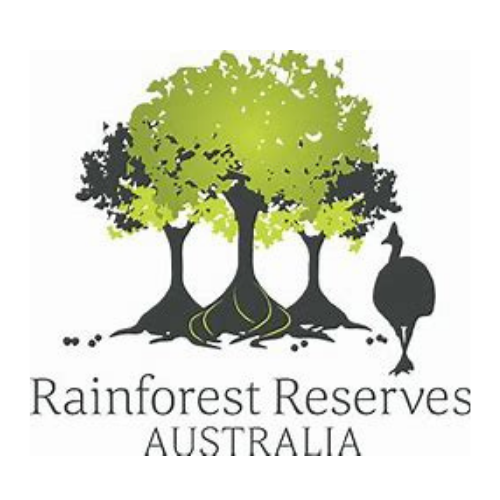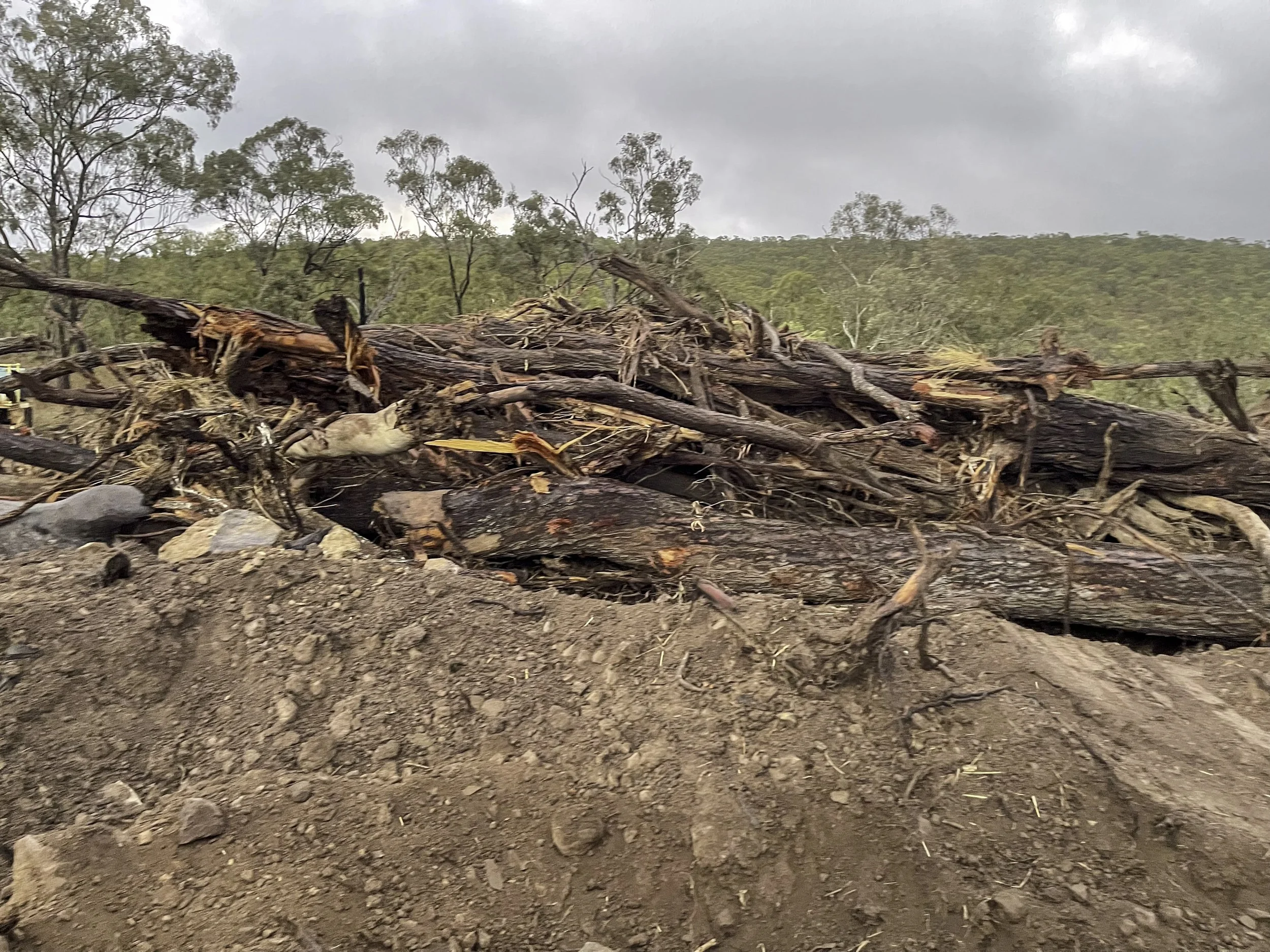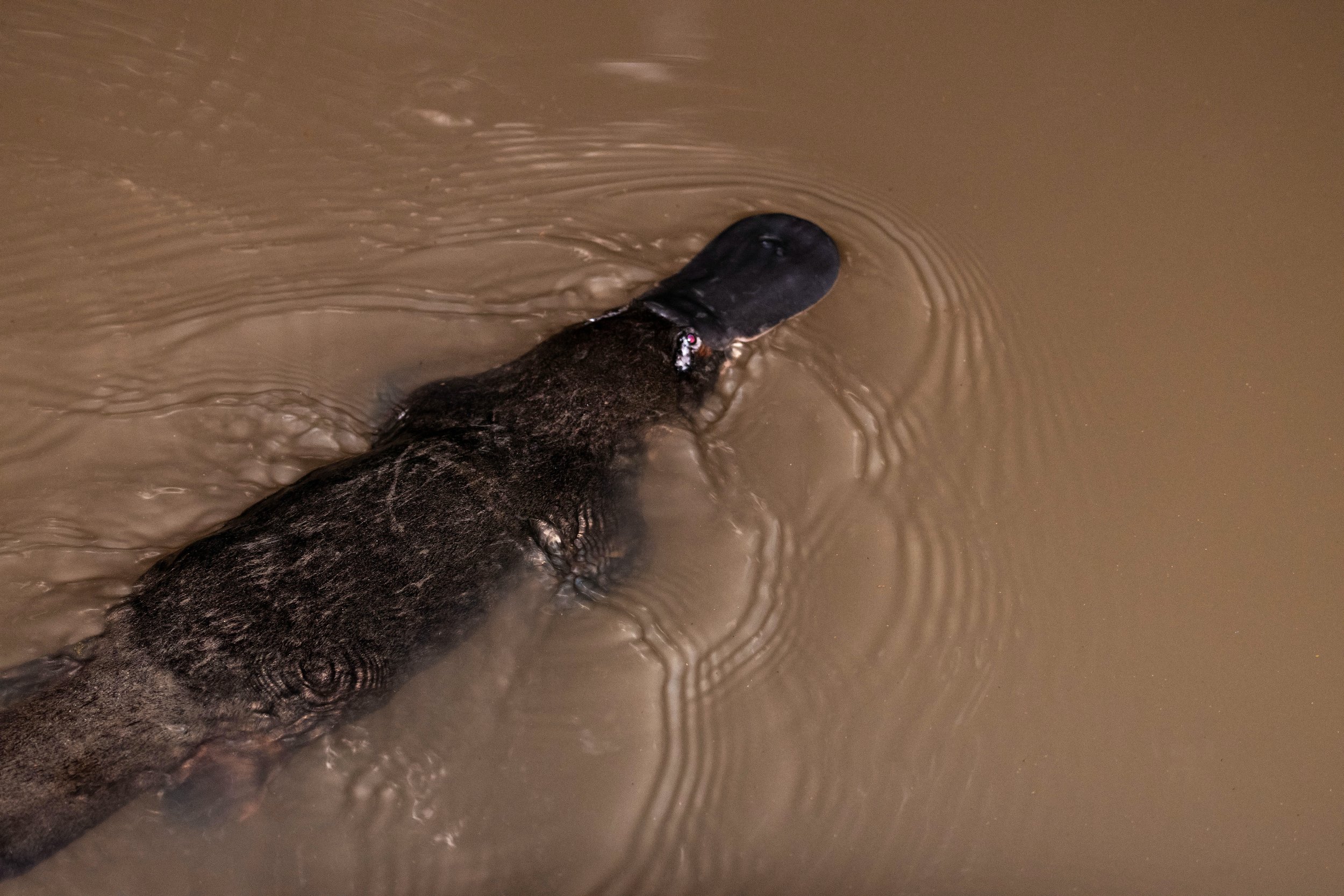
Rainforest Reserves Australia
Latest news

An Open Letter to all Australians on Energy

Subscribe to receive campaign updates:
December 2024: Clearing of critical habitat has commenced for Lotus Creek wind farm
Media Releases
All media enquiries, please contact us at info@rainforestreserves.org.au
Our work
-

Legal challenge to stop Upper Burdekin / Gawara Baya wind development
After a fierce campaign to stop the approval of Upper Burdekin/ Gawara Baya wind development, set for high biodiverse habitat in North Queensland, we were devastated to see it approved by the Federal Environment Minister Tanya Plibersek in June 2024.
Rainforest Reserves Australia has now launched a legal challenge to stop this proceeding.
-

Biodiversity vs Renewables
We are one of the few conservation organisations in Australia focused on the ecological impacts of large-scale renewable energy developments on wilderness in Queensland.
We are increasingly concerned about the siting of renewable developments in important biodiverse habitat that is home to threatened species.
We spend considerable time visiting remote sites and ground-truthing to see what exactly may be lost.
-

Renewables Mapping
Rainforest Reserves Australia is producing some of the most comprehensive mapping for renewables in Australia.
We have been doing this in a bid to let people know about the real scale of impact renewables will have on our landscapes.
See our 3d videos here.
-

Keep Chalumbin Wild campaign
From 2021 we worked alongside the community of Ravenshoe and Far North Queensland to stop the poorly sited Chalumbin / Wooroora Station wind development. In 2024, after years of community campaigning, the proponent Ark Energy withdrew the proposal after receiving advice from the Federal Government that it would be rejected.
-

Tablelands Cassowary Rehabilitation Facility
We operate a private Cassowary facility to care for injured and orphaned Cassowaries before their release into the wild.
-

Barrine Park Nature Refuge
We host a large native plant nursery and reveg to create wildlife corridors and connectivity at Barrine Park Nature Refuge, North Queensland.

Our goal is to protect what’s left.
Some wind farms impacting critical habitat QLD

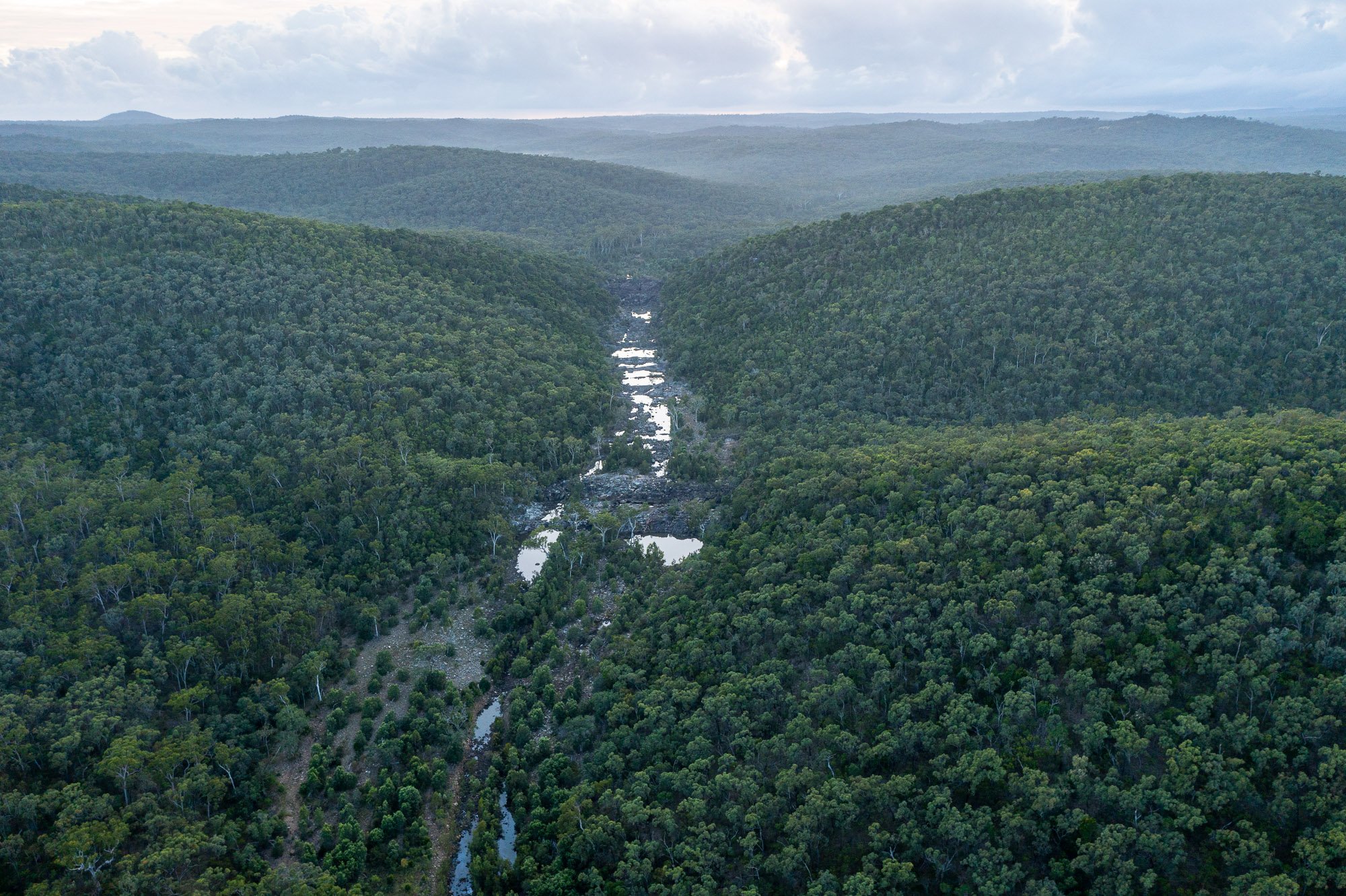
Our Experience of a Soon-to-Be-Lost Paradise, Lotus Creek Central Qld
A pair of eyes glows from above us. Then two pairs. We spy four large fluffy ears and two remarkably long tails. Stunned, we see not one but two beautiful Endangered Greater Gliders peering down at us from a branch above.
This moment was unforgettable—an encounter with a species so remarkable that it took our breath away.
The Great Dividing Range, with its ancient remnant forests, is home to some of Queensland's most endangered wildlife. These high-elevation landscapes, winding down the east coast, harbor species that are among the most threatened on earth.
Currently, habitat destruction is rampant in Queensland, with a new threat emerging: poorly sited renewable energy projects.
Camping overnight, we hear the birdsong ringing out as dawn breaks. No sound of human activity disrupts this pristine moment. We spent the night grieving, knowing this peaceful bush paradise may soon be lost to the Lotus Creek wind farm.
The most significant threat to the remnant habitats along the Great Dividing Range—home to vulnerable species like Koalas and Greater Gliders now comes from ill-placed renewable developments. This little-known fact highlights a growing crisis.
Habitat destruction, combined with climate change, threatens fragile ecosystems in Queensland. The delicate balance of life for many threatened species, whose survival was already precarious, now hangs in the balance.
We need to protect what’s left of critical habitat for our threatened species.
Queensland has the highest number of threatened species in Australia. Many of these animals inhabit pastoral lands once encouraged to become habitat refuges. Now, land owners and developers are incentivized to clear these vital ecosystems for green energy.
The media portrayal of the debate over wind farm siting as a “left vs. right” issue is unfortunate and what is lost is the real issue: habitat destruction for renewables in Queensland presents a looming conservation crisis.
We advocate for the protection of all intact remnant habitats that serve as homes for Koalas, Greater Gliders, and countless other species.
Join Us in Protecting Our Paradise.
Donate today to protect Upper Burdekin and Lotus Creek.


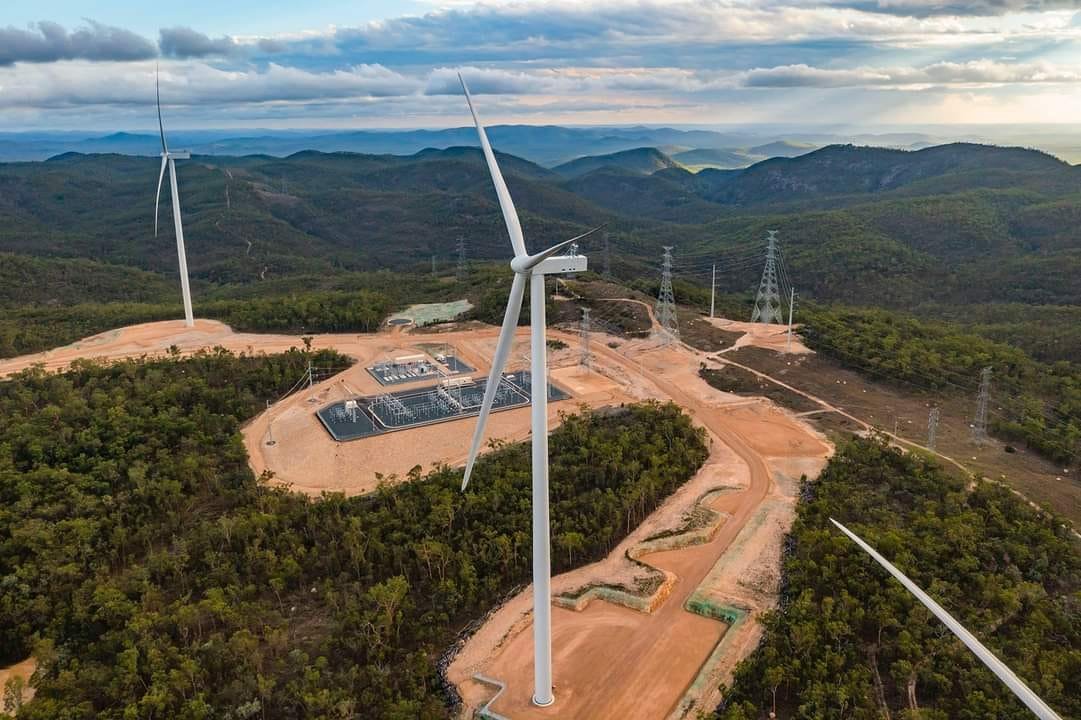

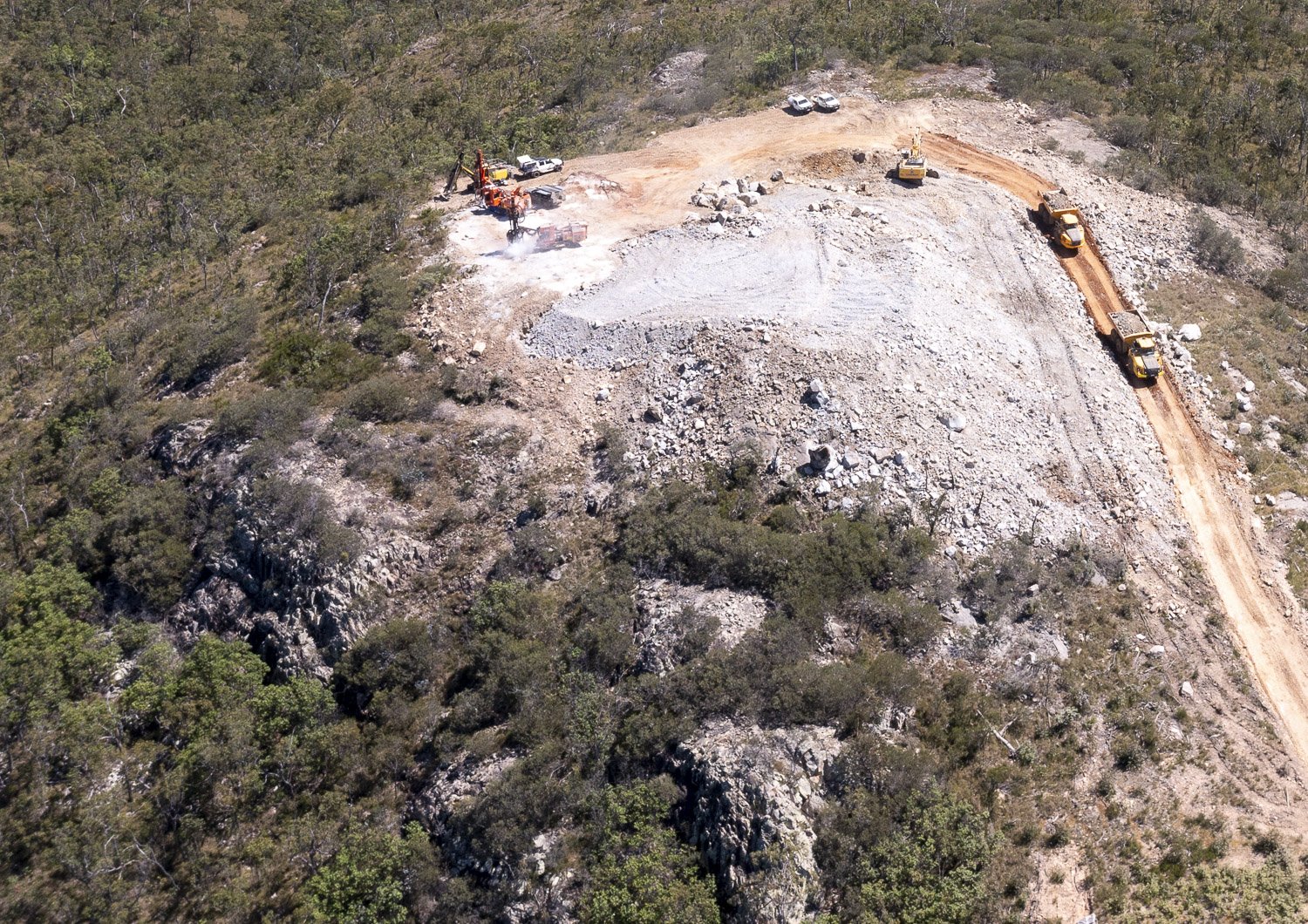

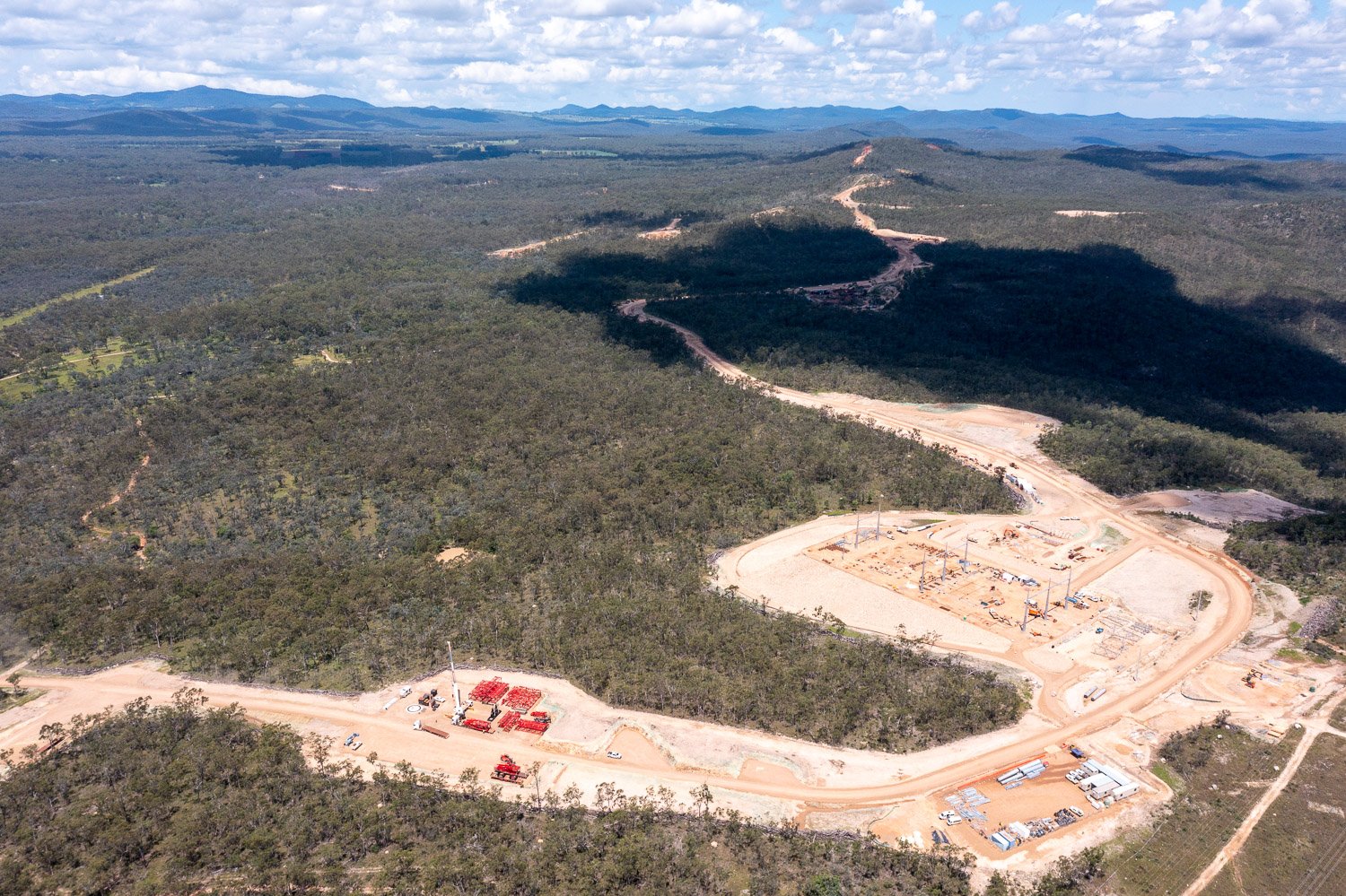




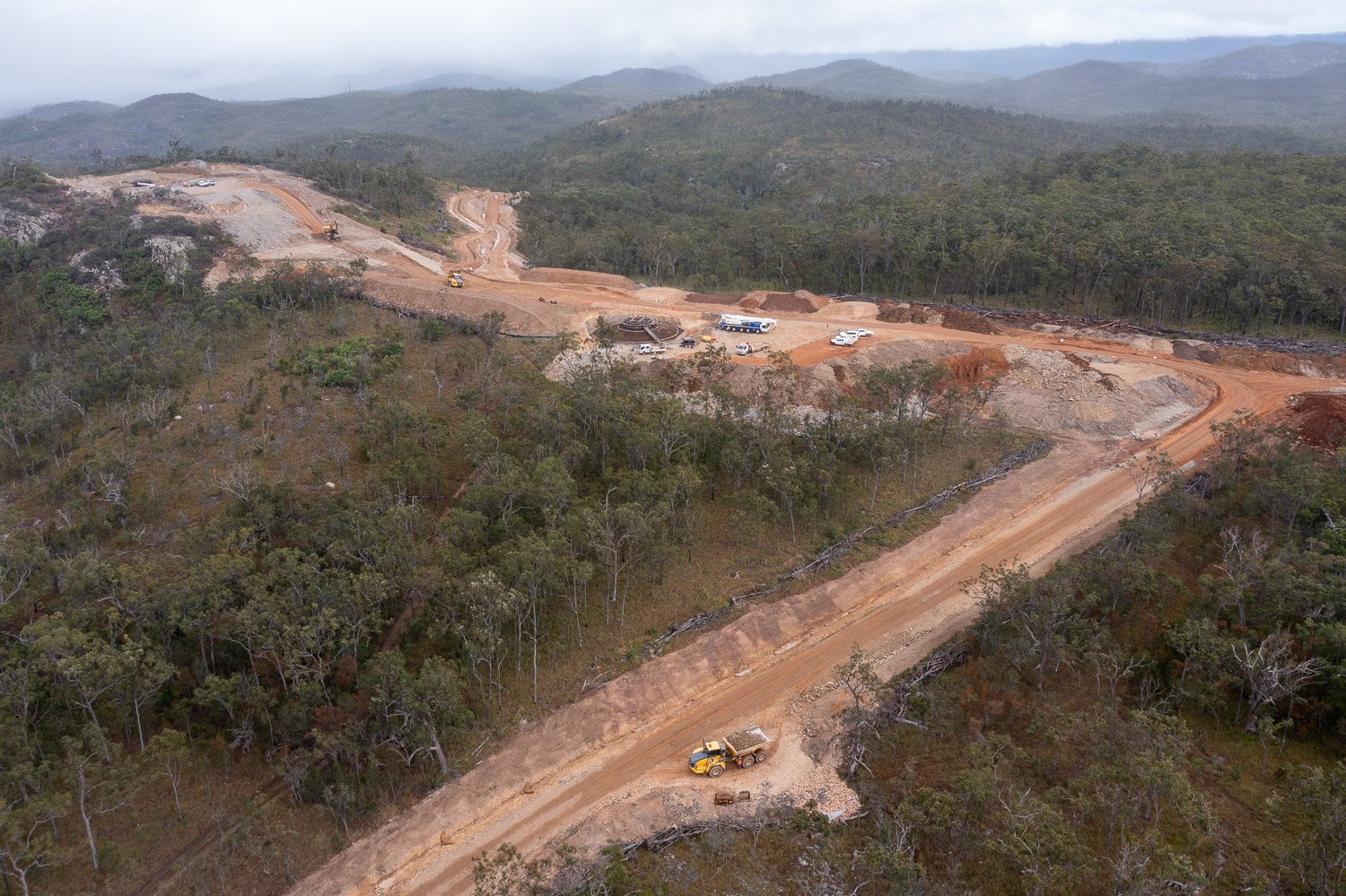



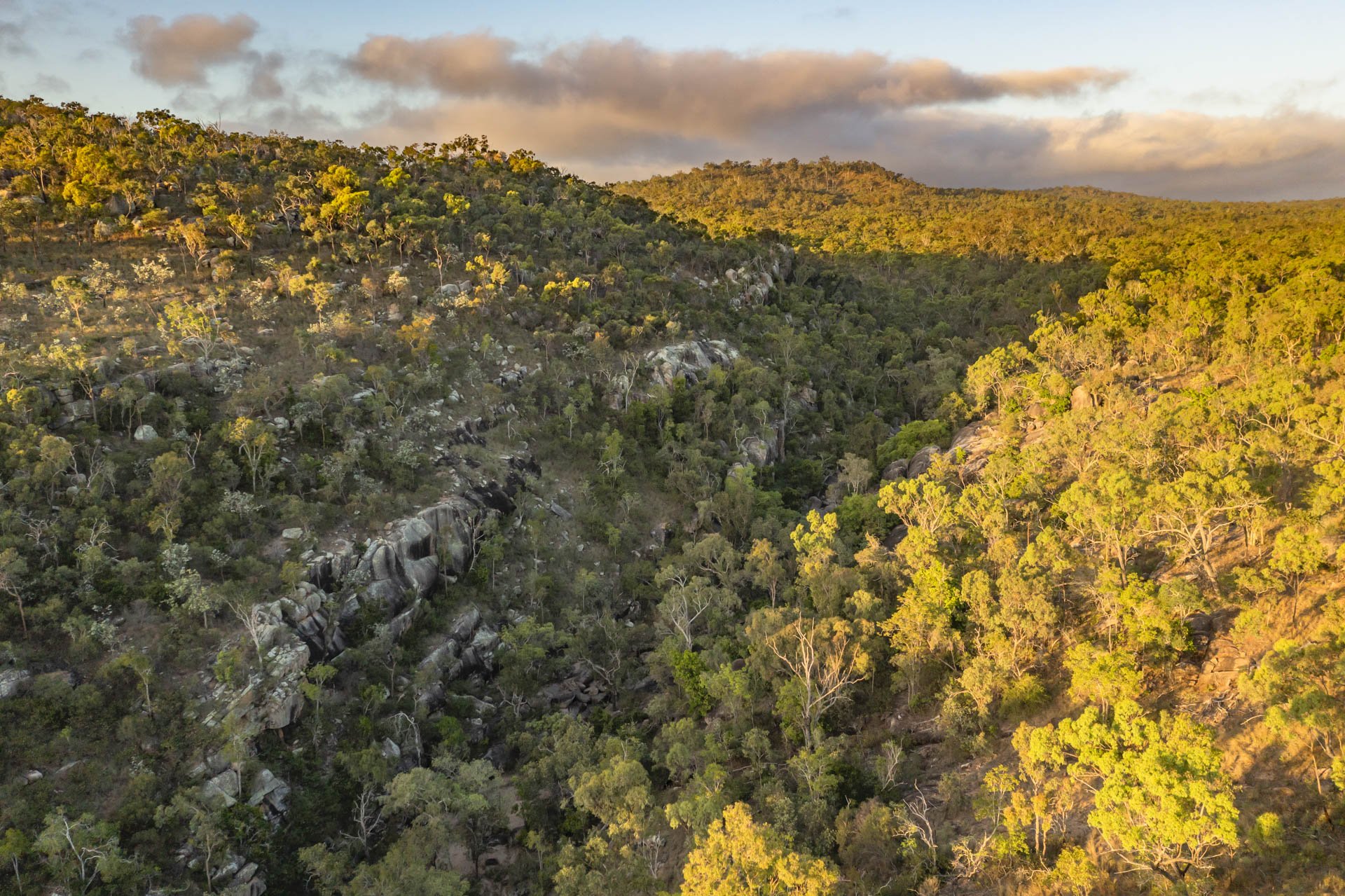
Above: Images above reveal extent of habitat destruction undertaken for Kaban wind development, FNQ. 709 hectares of Greater Glider and Koala habitat has been cleared for the 28 wind turbine generator industrial plant.
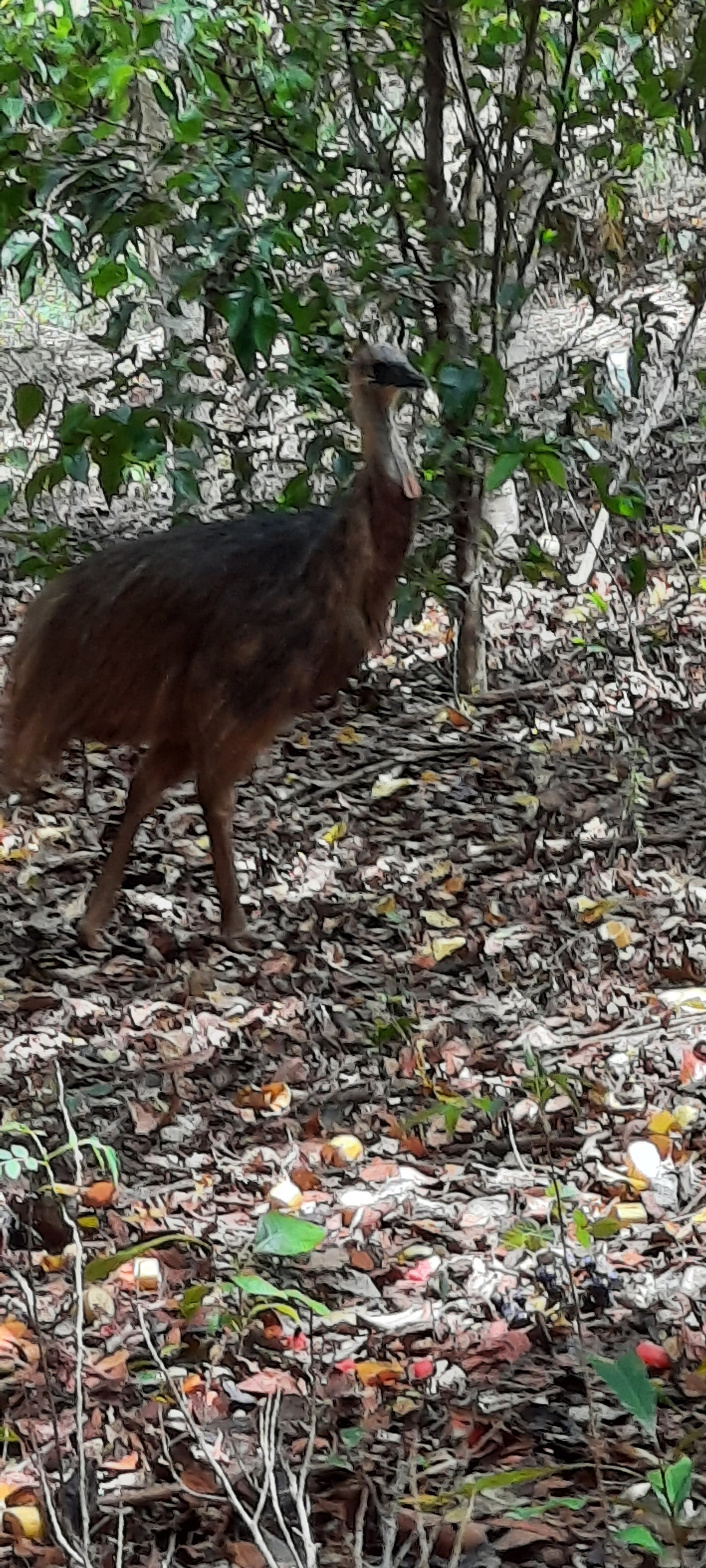
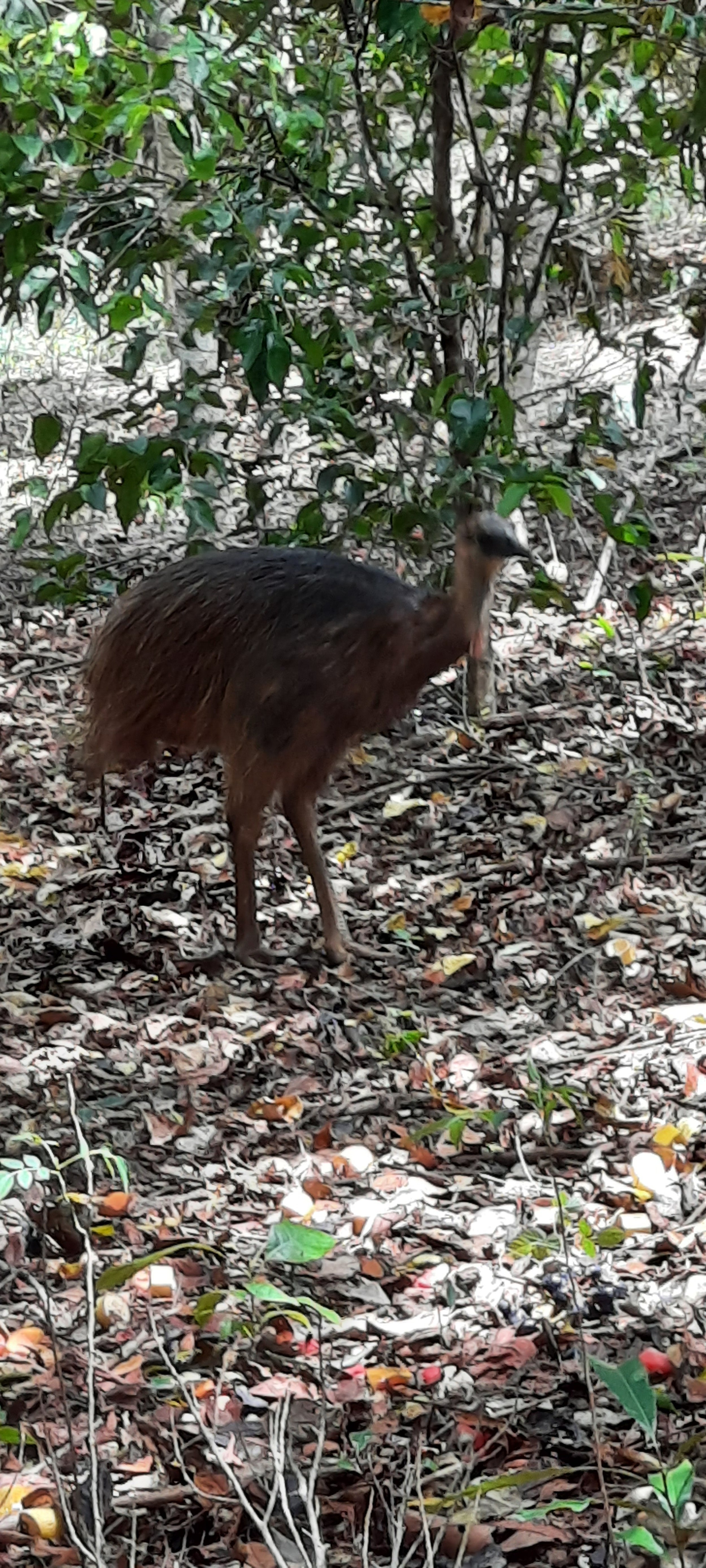

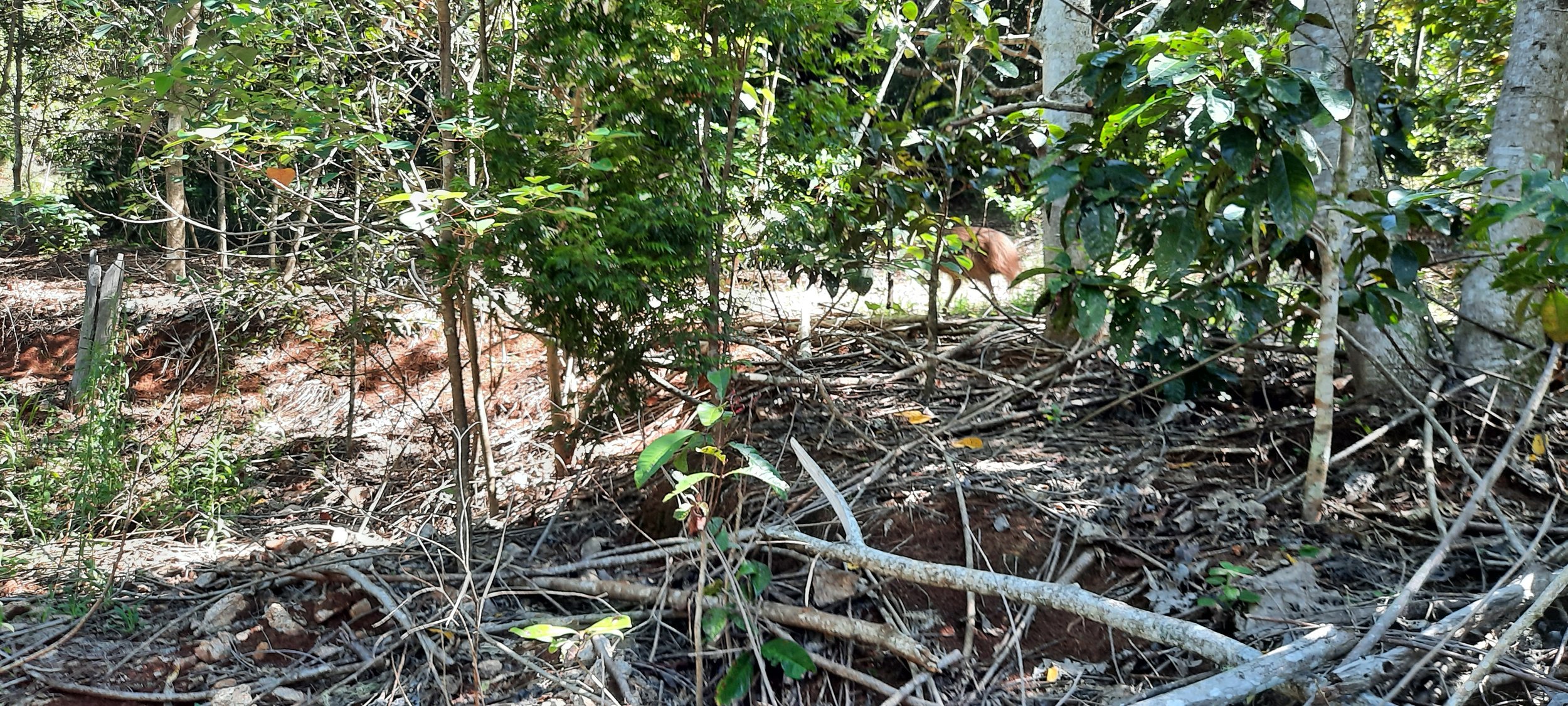
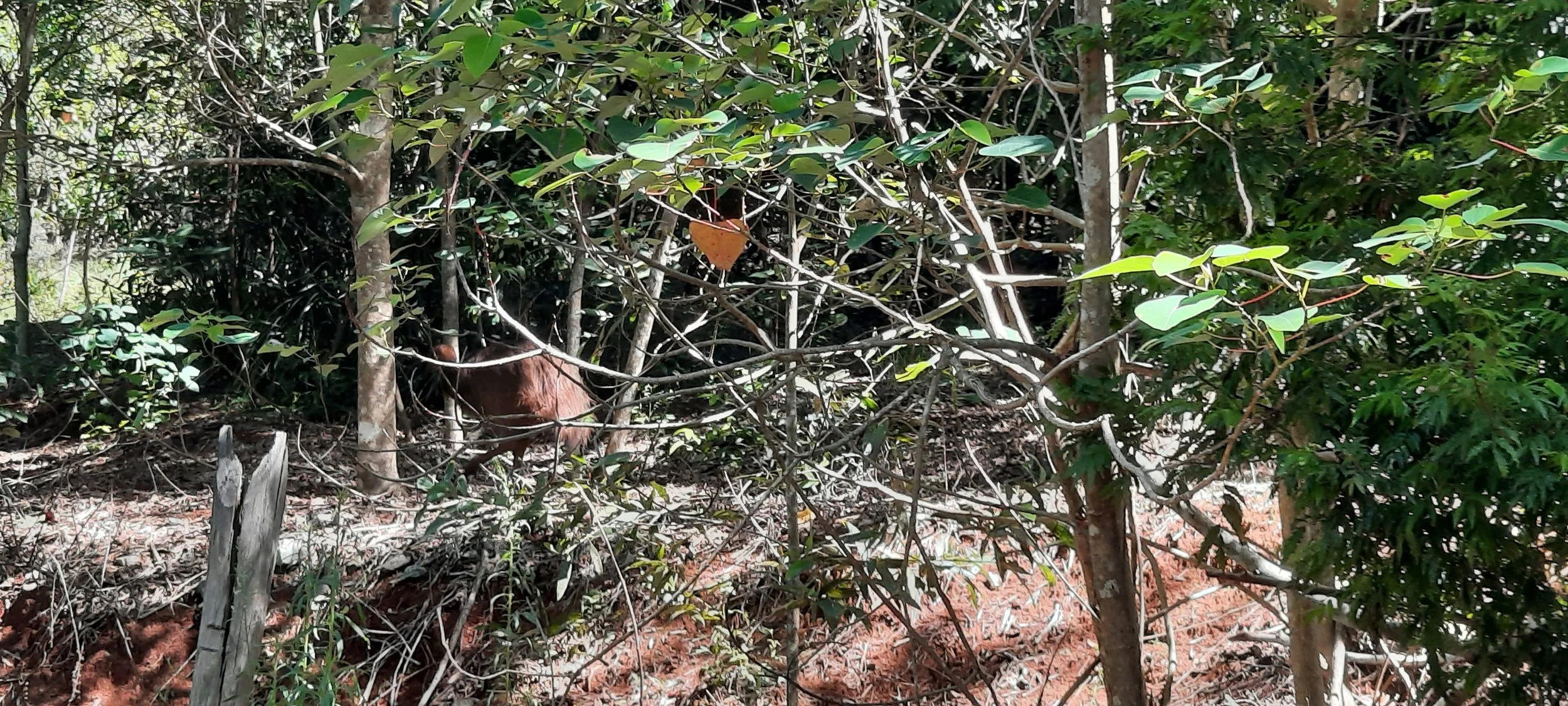
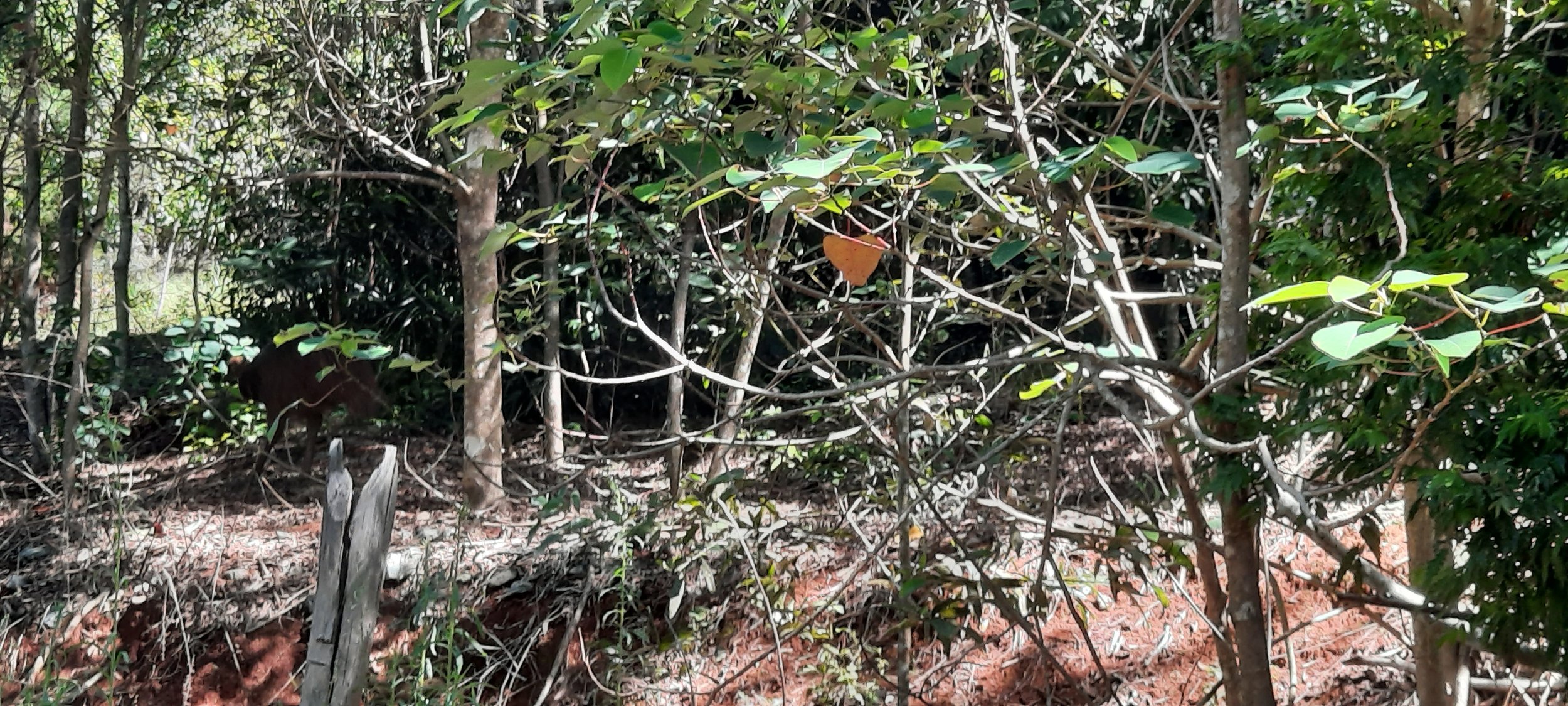
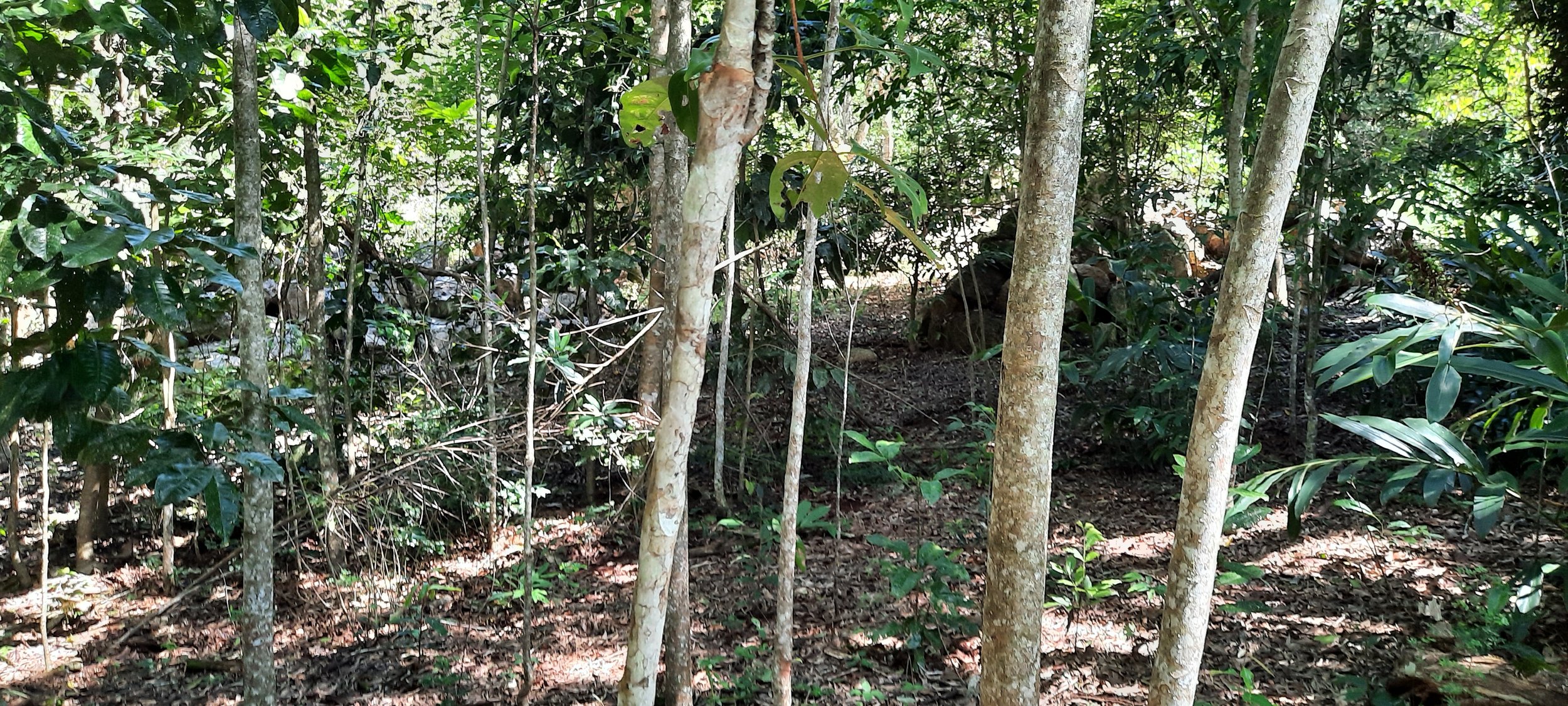






Support our work
We rely entirely on donations to:
Legally challenge the Upper Burdekin wind farm approval.
Stand up for the threatened species on the Upper Burdekin/Gawara Baya wind farm and join the fight to stop the Upper Burdekin wind farm. Find out more.
Support the Magnificent Broodfrog Action Group
Donate to the team of volunteer scientists researching the Magnificent Broodfrog to save it from extinction.
Maintain the Tablelands Cassowary Rehabilitation Facility
Help maintain the facility! It requires ongoing maintenance to be Cassowary-ready.
Toohey’s Creek wildlife corridor, 2020. After regeneration, it’s now a lush connective passage for wildlife to use running between Lake Barrine and Barrine Park Nature Refuge.
Our tree planting days at the Tablelands Cassowary Rehabilitation Facility are great for the whole family! Taken February 2022.
We campaign to protect critical habitat under threat in Queensland.

